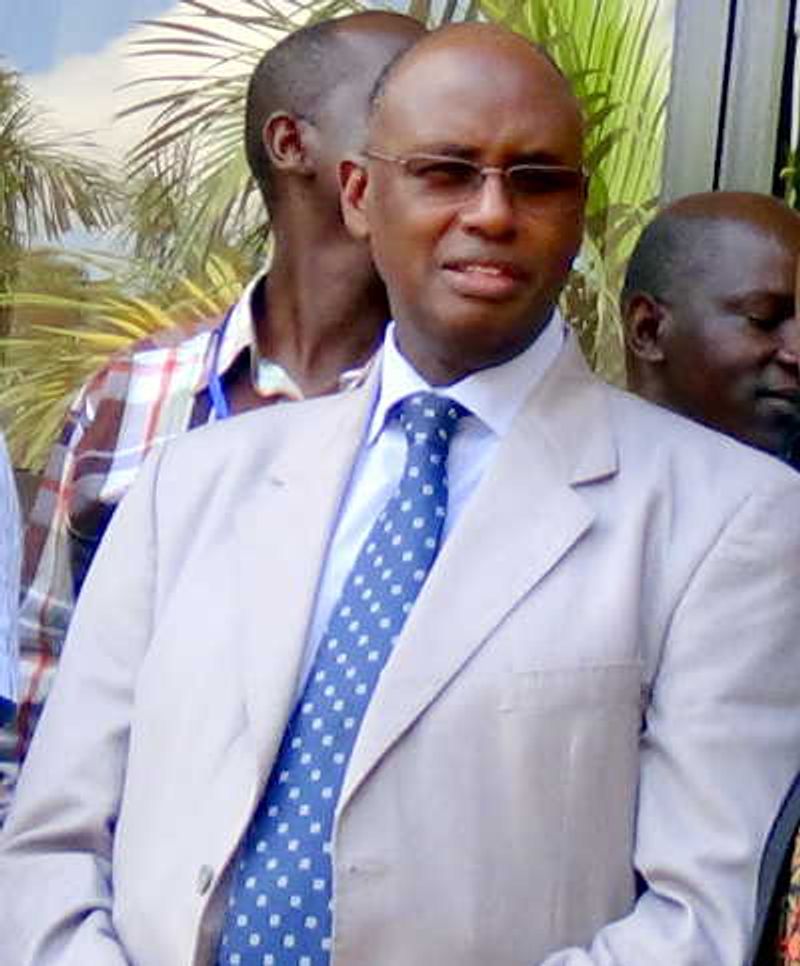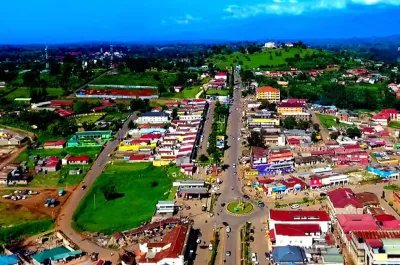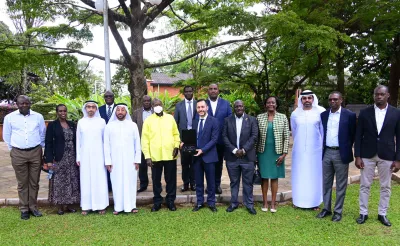

Livestock Minister Bright Rwamirama disclosed
Considered as one of the biggest gaps responsible for the Uganda’s declining agricultural performance, 320 officers appointed.
“One of the reasons we want to recruit massively is to ensure that every farmer is reached. One of the mistakes we made during the liberalisation exercise was to assume that extension services would be demanded and would be readily available.
“So by running NAADS and a loose extension worker force, more about we realised that only about 30% of the people were getting extension services,” Rwamirama added: “So we’re leaving NAADS to do the role of supporting strategic interventions, passing on technologies to the farmers, so that extension work can go on at a different level.”
So far, according to Rwamirama, all districts are currently well staffed with four agricultural extension service providers.
“We are going to reach every sub-county and where necessary, especially fishing and apiary, we shall also provide extension workers,”
According to Rwamirama, the planned recruitment and roll-out of the programme to cover sub-counties, is expected to take place next year and will ensure that every sub-county has a veterinary officer, an agricultural officer, and an entomology or fisheries officer where necessary.
The new extension programme will be jointly administered by the ministry of agriculture as well as the ministry of local government.
The Ministry of Agriculture will be responsible for supervising work, setting standards and regulations, the Minister said, adding that districts and sub-county chiefs on the other hand, will also be responsible for supervising the extension services.
Despite its critical importance to the economy, the agricultural sector has lagged behind several other sectors, at an average of 3 percent, behind the 3.3% rate of population growth. Agriculture’s poor performance has been described as the major cause of rural poverty as well as environmental destruction as farmers have been forced to increase production largely by reclaiming forest or swamp land.
The restoration of agricultural extension services may however not be the end of farmers’ woes, and low output, some observers argue. Analysts have repeatedly noted that the meagre budget allocated to agriculture, coupled with many parallel programmes.
Peter Wamboga-Mugirya, from the Science Foundation for Livelihoods and Development argues that there is an urgent need to re-organise the entire institutional set up that governs the agricultural sector with the view to putting the government back into control as opposed to having the private sector taking the lead.
Wamboga argues further that the current challenges facing agriculture stem from the political interference of the sector aimed at meeting the interests of political leaders as opposed to the interests of farmers.
“We’ve witnessed instability and frequent changes to NAADS arising from President Museveni’s dissatisfaction with NAADS not serving political other than farmers’ interests, leading to the current dispensation led by the UPDF (implementation and distribution of inputs) to ease veterans’ anxieties and popularise him ahead of 2016 elections,” argues Wamboga.
On the contrary, Wamboga argues, what needs to be done is to revive the Plan for Modernization of Agriculture, with its pillars, to guide all activities and investments into the sector.
And, unlike those good old days when extension work was a respected job, today’s corruption posses a major obstacle to the effective delivery of services to farmers.














Sunrise Admin
Leave a Comment
Your email address will not be published.